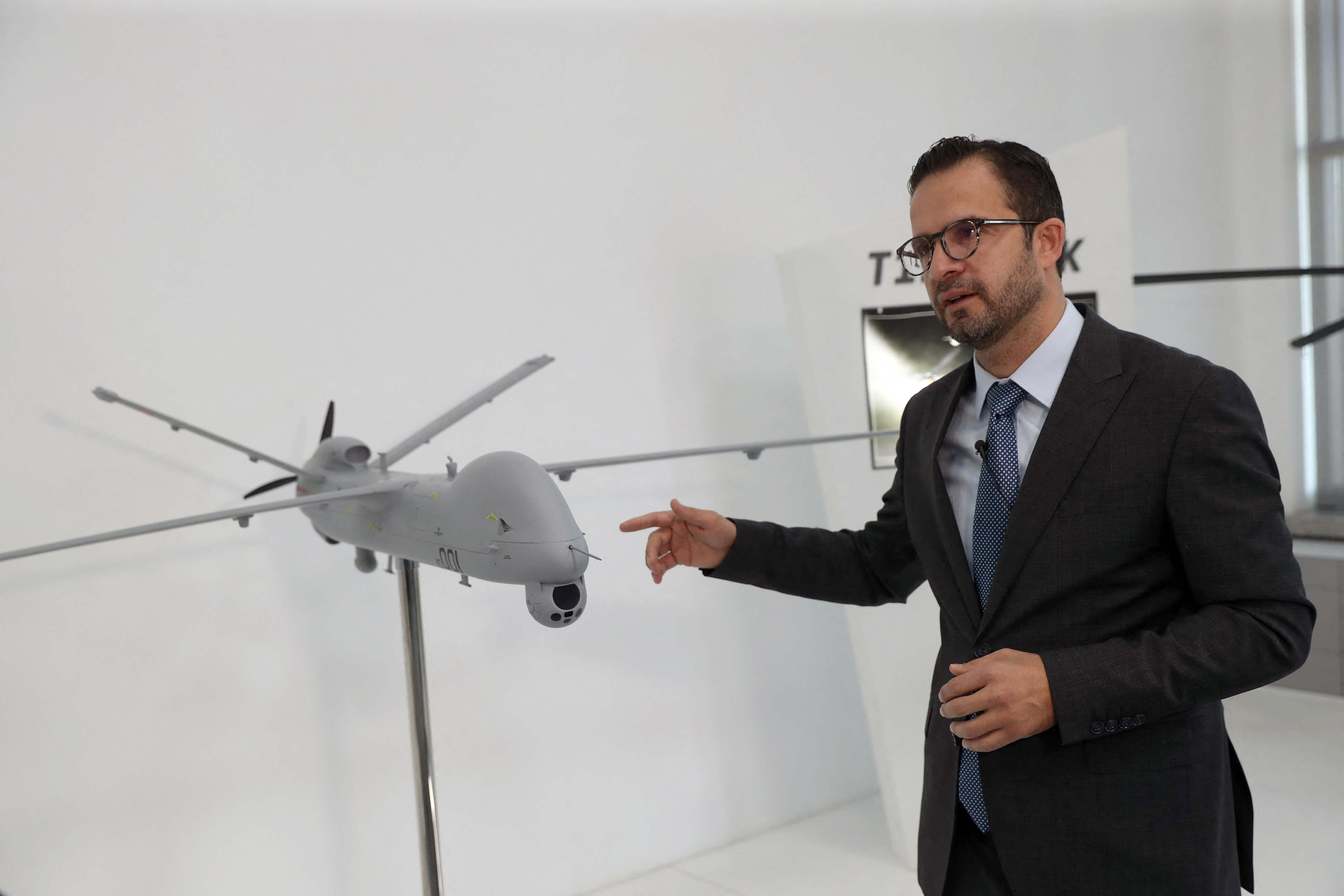
Companies have to interact with stakeholders and the public. This is done through corporate communications, which can be divided into three types: internal, external and crisis.
The internal side focuses on how employees, managers, executives and board members communicate within a company. External communication is more about representing the company’s brand image to the world. Crisis communication revolves around press releases, media and discussions with the board. From a finance company to a taco truck, these are essential and rely on each other to successfully function.

Serdar Demir, Head of Corporate Marketing and Communications of Turkish Aerospace Industries, speaks with the Agence France Presse during an interview. Source: Adem Altan/AFP
A great example of internal corporate communication would be TED — famous for its signature talks. They found research that shows the average human can pay attention for 10 to 18 minutes which is how long all their talks are. Even in the office, all their meetings take 18 minutes or less which gives employees more time to focus on their duties.
How does external communication work? Birchbox (a subscription beauty-related box) is a fine example. They work around the motto: “Love your followers and they’ll love you back” — they do this by reposting customers’ social media posts of their products.
We’ve never ran out of chicken.
ⓘ
— KFC UK (@KFC_UKI) November 17, 2020
Remember when KFC in the UK ran out of chickens? Almost 700 branches shut down after the company faced delivery issues. The crisis corporate communications team responded by openly admitting their mistakes, took responsibility for the hiccups and went on Twitter to answer rumours with humour. “The chicken crossed the road, just not to our restaurants,” was one of KFC UK’s Tweets.
Below we take a look at what studying corporate communications would encompass and what jobs you can get in this field of study:
Entry requirements
For an undergraduate degree in corporate communications, institutions need proof of A Levels (or equivalent) along with proof of your English language proficiency. This is through exams such as the IELTS, TOEFL, PTE and Cambridge English test.
For a postgraduate programme, it’s usually paired with public relations where you’ll be required to have a bachelor’s degree in a related area of study. You don’t necessarily have to be business savvy to get this degree but you will need to have a strong interest in internal communications, public relations or corporate social responsibility.
Learning outcomes
A degree in corporate communications will prepare you to work in an agency or in-house for a company or organisation. So, you’ll be identifying and understanding different stakeholder groups and markets to see which communication style suits different groups best.
Hands-on opportunities — where you practise what you learn— are typically offered in corporate communications degrees today. Some of the projects students have worked on include infographic posters, creating ad campaigns, and using pre-production, production and post-production skills to create a viral video. Through these, you will also gain knowledge on the fundamental basics in business and marketing to help propel you into a high-level and challenging work environment.
Jobs and salaries
As a communications consultant, you are expected to prepare internal and external media releases for your company and can expect to make US$75,331 a year. What about a special events planner? High attention to detail along with supreme organisational skills and problem-solving will rake you an average of US$42,795 a year.
A government affairs director directs an organisation’s policies which can involve local, state and federal government affairs. While average salaries really depend on your seniority and the country you’ll be based in, you can expect to make US$157,432 a year in the US, while in Malaysia you can expect an average of US$31,567 a year.










